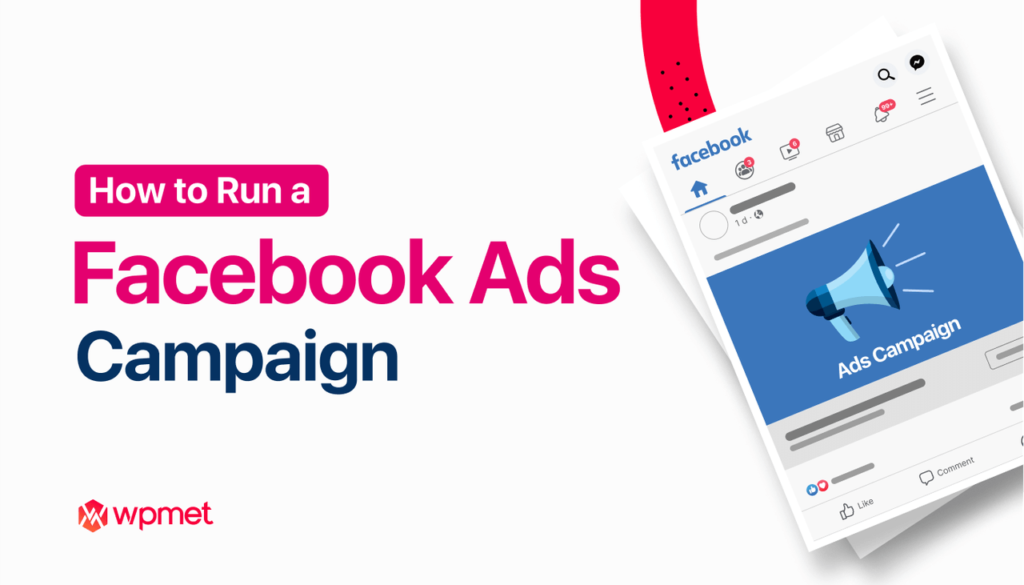In the digital age, advertising has shifted largely to social media platforms, with Facebook leading the charge. With over 2.8 billion active users, Facebook offers unparalleled access to a wide range of demographics and interests. As a result, Facebook Ads have become a key marketing tool for businesses, influencers, and brands. However, running a successful Facebook ad campaign is not as simple as boosting a post. There are strategies, best practices, and rules to follow to ensure that your ads are effective, cost-efficient, and reach the right audience. Below are the essential rules for running Facebook ads successfully.
1. Define Clear Campaign Objectives
Before launching any Facebook ad, it is crucial to establish clear and specific goals. Without a defined objective, it’s easy to waste resources and fail to achieve meaningful results. Facebook offers several campaign objectives, which you should choose based on your business goals:
- Awareness Objectives: These include brand awareness and reach, designed to maximize exposure to new people.
- Consideration Objectives: These include traffic, engagement, app installs, video views, lead generation, and messages. They are meant to engage potential customers and guide them toward taking further actions.
- Conversion Objectives: These include sales, website conversions, and store visits, designed to drive tangible outcomes such as purchases or sign-ups.
Aligning your ad campaign with the appropriate objective ensures that Facebook optimizes your ad delivery to the right people for the right action.
2. Know Your Target Audience
Facebook Ads allow you to target a vast range of audiences, from specific demographics to people with particular interests or behaviors. To run successful Facebook ads, you need to fully understand your target audience. The more specific your targeting, the more effective your ads will be.
Here’s how to refine your targeting:
- Demographics: Age, gender, location, language, education, and relationship status.
- Interests: Target people based on their likes, hobbies, and activities.
- Behaviors: You can target based on purchase behaviors, device usage, travel habits, and more.
- Custom Audiences: Leverage customer lists or website visitors to create custom audiences who are already familiar with your brand.
Effective audience targeting helps ensure your ad reaches people who are most likely to engage with it, increasing the likelihood of conversions and reducing wasted spend.
3. Craft Compelling Ad Creative
Your ad’s creative — including images, videos, and copy — plays a vital role in its success. It needs to be engaging, eye-catching, and relevant to your target audience. High-quality visuals, clear messaging, and a strong call to action (CTA) are essential components of a successful Facebook ad.
Here are some tips for crafting compelling ad creatives:
- Use High-Quality Visuals: Whether it’s a photo, video, or graphic, ensure your visuals are high-quality and represent your brand well. People scroll quickly through their feeds, so your ad needs to stand out.
- Keep Text Clear and Concise: While Facebook allows you to use long-form text in ads, research has shown that shorter copy tends to perform better. Keep your message clear and easy to digest.
- Include a Strong Call to Action (CTA): Whether you want people to shop, sign up, or learn more, your CTA should be compelling and clear. Make sure it stands out and tells viewers exactly what action they should take.
Facebook ads with strong creatives capture attention quickly, and having a clear CTA makes it easy for people to take action.
4. Set a Realistic Budget and Bid Strategy
Facebook Ads operate on an auction-based system, where you bid to show your ad to a specific audience. Setting the right budget and choosing the correct bid strategy is crucial for the success of your campaign.
- Daily vs. Lifetime Budget: Decide whether to set a daily budget (how much you are willing to spend each day) or a lifetime budget (how much you will spend over the course of the campaign). A daily budget offers more control, but a lifetime budget can help Facebook optimize ad delivery over a longer period.
- Automatic vs. Manual Bidding: Automatic bidding is Facebook’s recommended option, as it allows the platform to optimize bids for you. However, if you have specific goals and want more control over your ad spend, manual bidding might be better suited.
- Start Small: If you’re new to Facebook ads, start with a modest budget to test your ad’s performance. This allows you to tweak your campaign based on real-time results before committing to larger spending.
5. Test and Optimize Your Ads
Testing is a fundamental part of running successful Facebook ads. Through A/B testing, also known as split testing, you can experiment with different elements of your ad to see what performs best. Key elements to test include:
- Ad Copy: Try different versions of your copy to see which resonates best with your audience.
- Visuals: Test different images or videos to determine which ones get the most engagement.
- CTA: Experiment with different calls to action (e.g., “Shop Now,” “Learn More,” “Sign Up”) to find out which one generates the best results.
Once you’ve gathered data from your tests, use it to refine your ads. Facebook’s algorithm will also help optimize your ads over time based on performance, but manual optimization is important for achieving the best results.
6. Monitor and Analyze Performance
Even after launching your campaign, monitoring and analyzing the performance of your ads is essential. Facebook Ads Manager offers a wide range of metrics and data points to track, such as:
- Click-Through Rate (CTR): This indicates how many people clicked on your ad after seeing it. A higher CTR suggests your ad is compelling.
- Conversion Rate: This tells you how many people completed the desired action after clicking your ad (such as making a purchase or filling out a form).
- Cost Per Click (CPC) and Cost Per Conversion (CPA): These metrics help you evaluate the efficiency of your ad spend and ensure that you’re not overpaying for clicks or conversions.
- Engagement Rate: This shows how people interact with your ad, whether through likes, shares, or comments.
Regularly checking these metrics allows you to identify trends, make adjustments, and continuously improve your campaigns.
7. Follow Facebook’s Ad Policies
Facebook has specific guidelines and policies for ads, and failure to comply with these can result in your ads being rejected or your account being suspended. Familiarize yourself with Facebook’s Advertising Policies, which include restrictions on:
- Prohibited Content: Ads related to illegal products, tobacco, adult content, or discriminatory practices are not allowed.
- Misleading Claims: Avoid making exaggerated or unsubstantiated claims in your ads, as this can violate Facebook’s rules and damage your brand’s reputation.
- Respecting User Privacy: Your ads must respect user privacy, meaning you shouldn’t target users based on sensitive data or use misleading tracking practices.
Staying within Facebook’s ad policies not only ensures that your campaigns are compliant but also promotes a positive user experience.
8. Use Retargeting to Maximize Reach
One of the most powerful features of Facebook Ads is retargeting. By using Facebook Pixel — a piece of code you install on your website — you can track visitors and target them with tailored ads. Retargeting ads can increase your conversion rates, as you’re reaching people who have already shown interest in your product or service.
Retargeting strategies include:
- Website Visitors: Target users who have visited specific pages on your website but didn’t complete a purchase or desired action.
- Custom Audiences: Create audiences from your email lists or people who have interacted with your Facebook page or Instagram account.
Retargeting can be one of the most effective ways to boost conversions, as you’re engaging people who are already familiar with your brand.
Conclusion
Running successful Facebook ads requires careful planning, strategic targeting, and constant optimization. By defining clear objectives, understanding your audience, creating engaging content, and testing various ad elements, you can maximize the performance of your Facebook campaigns. Additionally, adhering to Facebook’s ad policies and using tools like retargeting will ensure that you stay on track and reach the right people. Ultimately, the key to success in Facebook advertising lies in consistent effort, constant learning, and adapting to the changing dynamics of digital marketing. Follow these rules, and you’ll be well on your way to running Facebook ads that drive results.


